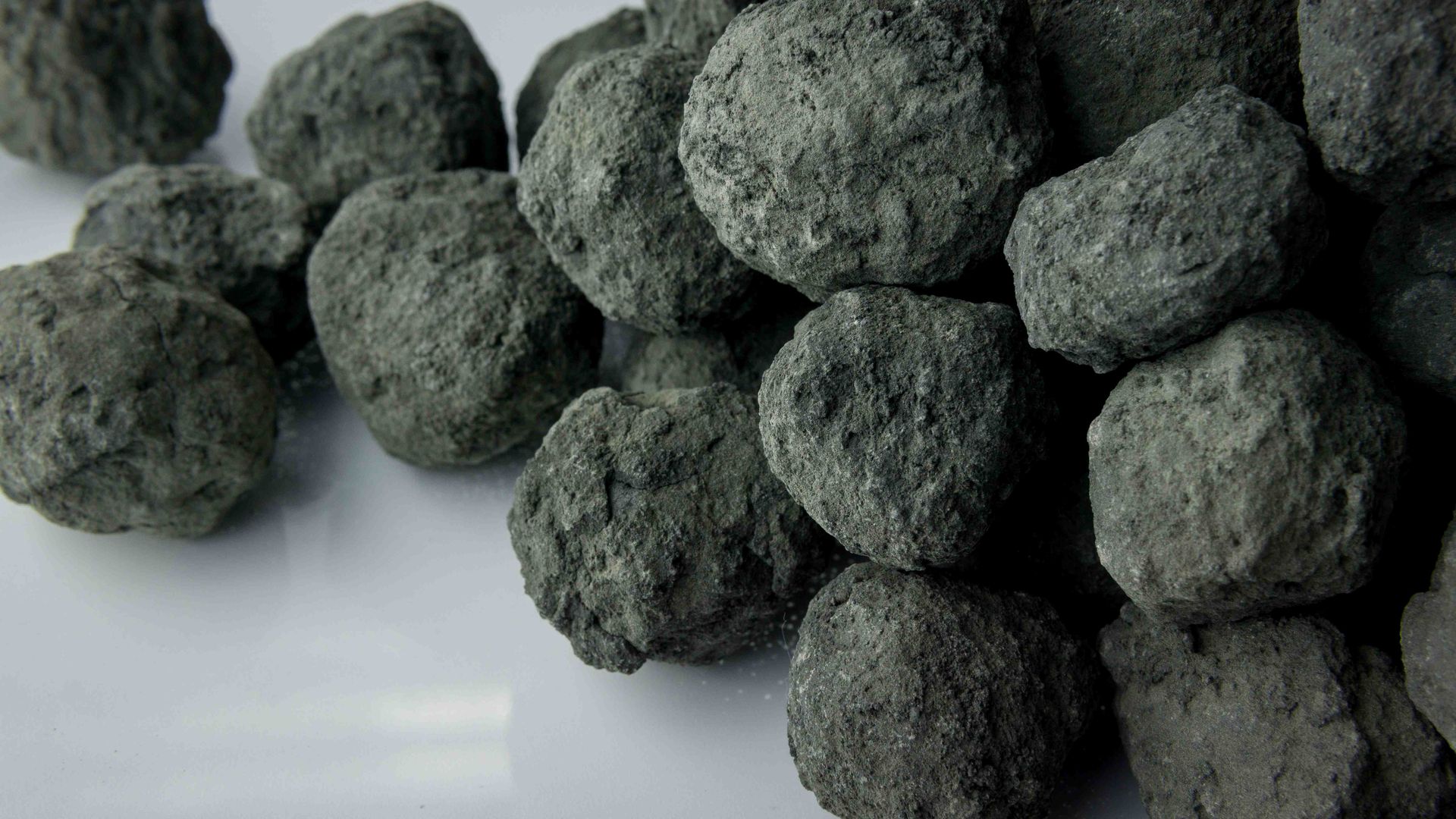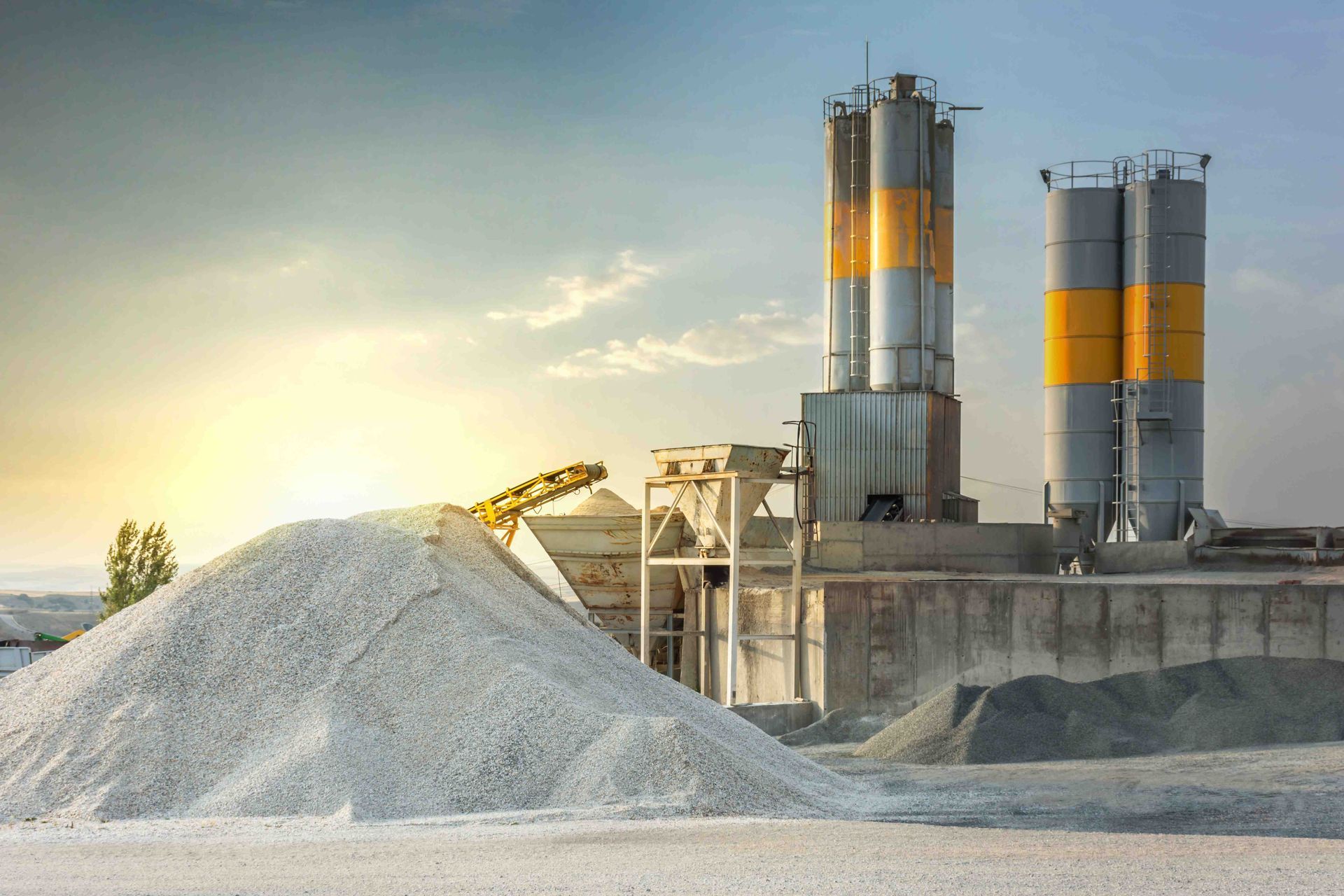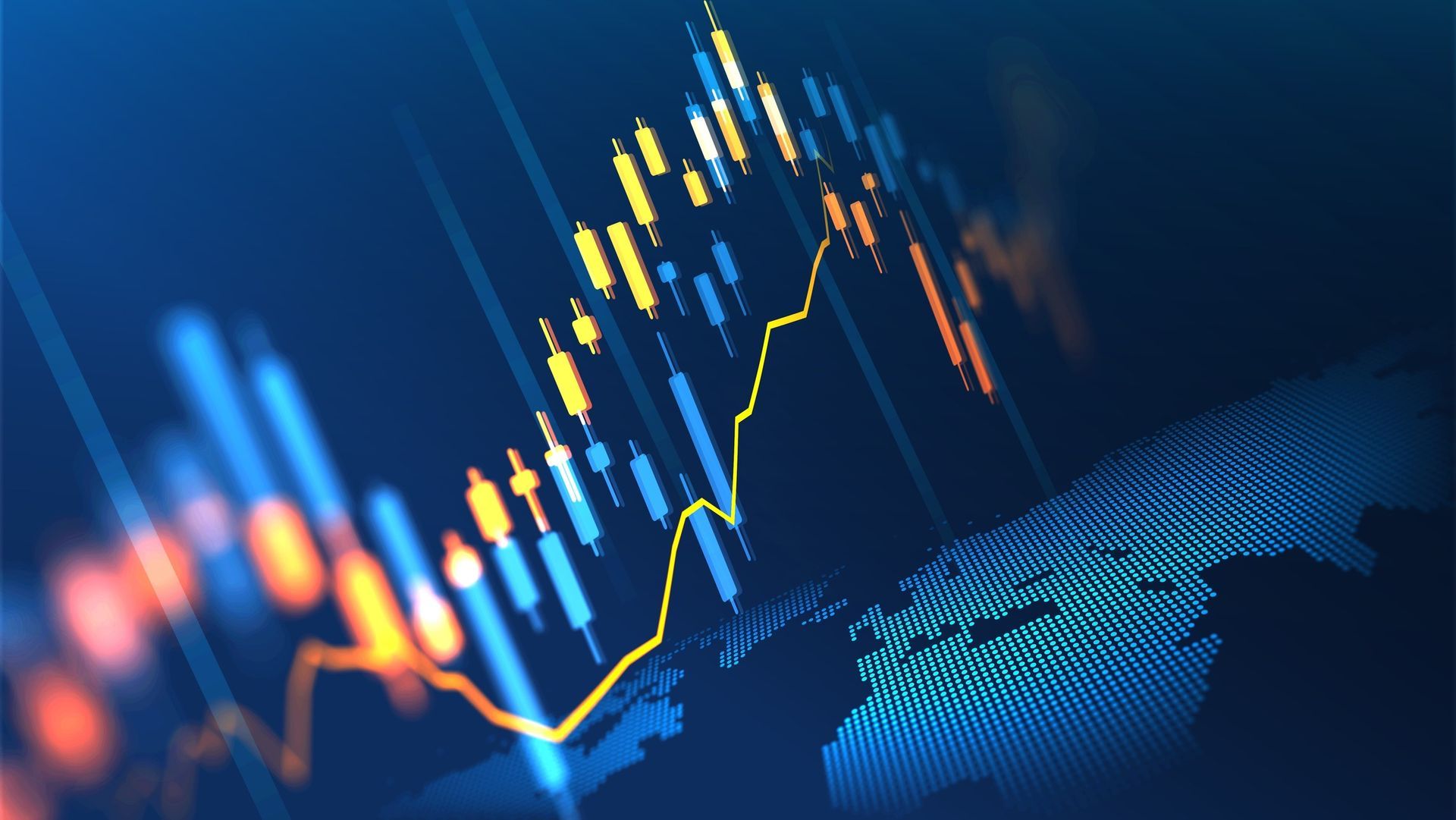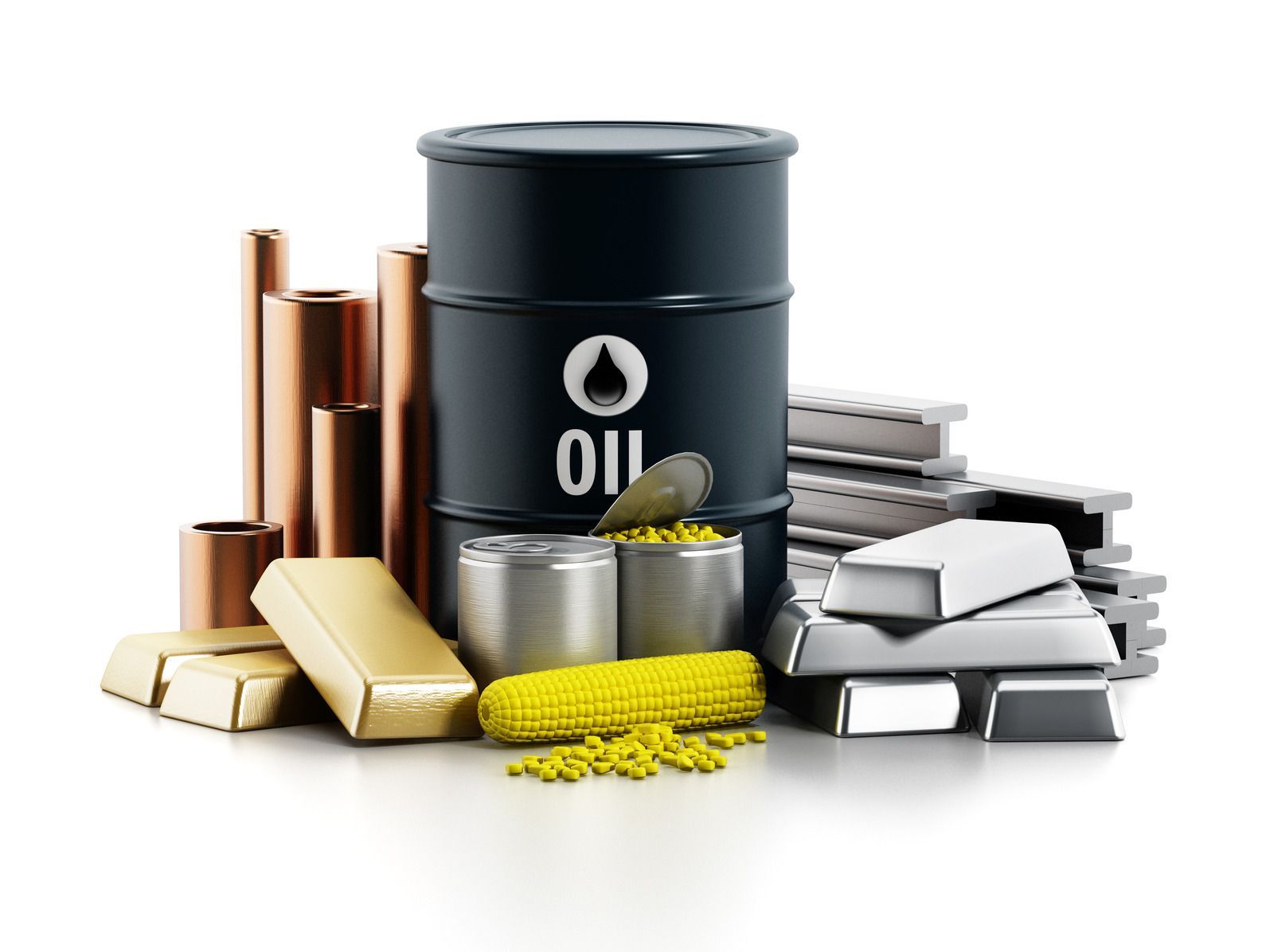Five Stages of Gypsum Production Process
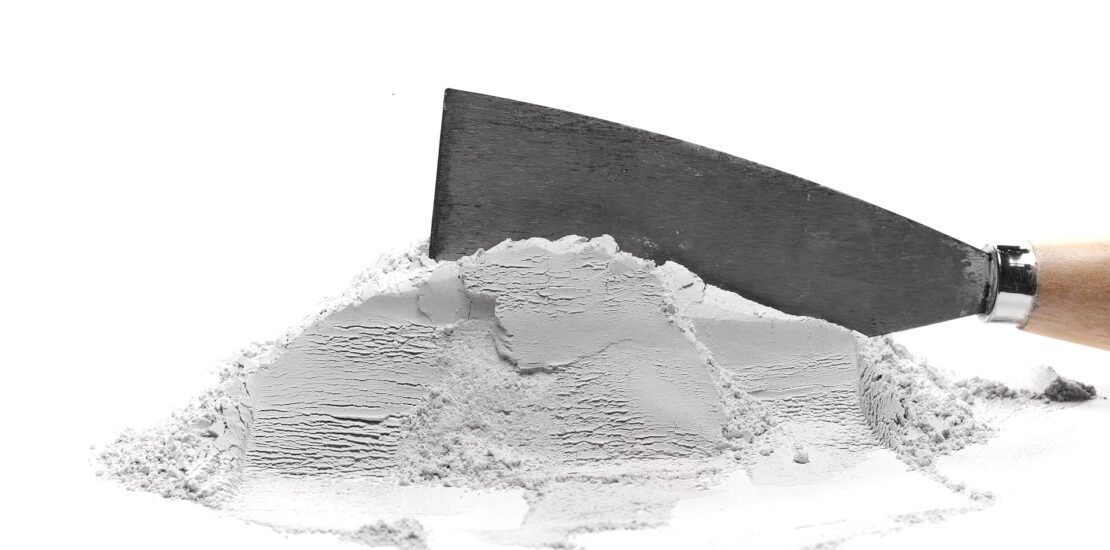
Gypsum is an extremely useful mineral that occurs naturally in nature. Formed between layers of sedimentary rocks, it is a soft (so easy to scratch), chalky rock that appears almost white. The impurities embedded in gypsum may give it gray to a yellowish color. In terms of its chemical composition, it consists of calcium sulfate (CaSO₄) combined with 2 molecules of water (H₂O). It is also known as calcium sulfate hydrate.
Chemical Formula Of Gypsum
The main components of gypsum are calcium (Ca), sulfur (S), oxygen (O₂), and hydrogen (H). Calcium and sulfur combine to form calcium sulfate, and hydrogen and oxygen together form water. So its chemical formula is:
Gypsum → CaSO₄ + 2(H₂O)
Forming Of Gypsum
In order to form gypsum, only two things need to be there:
- The right combination of minerals.
- Occurrence of evaporation.
Therefore, gypsum can form in shallow sea basins, tidal flats, lagoons, hot springs, coastlines, desert water tables, deltas, volcanic areas, and even roots of plants.
During prehistoric times, sedimentary gypsum beds were formed. As the ancient tropic seas became more and more concentrated due to evaporation, it triggered the formation of massive gypsum deposits. Gypsum crystals were formed in the mineral-saturated sea water and sank to the bottom of the ocean. However, its formation did not stop there. Indeed, it continues. Crystals of gypsum are formed when due to evaporation of water, the minerals crystallize. Gypsum is also produced as a by-product of scrubbing sulfur from fossil fuels.
The Process Of Gypsum Production
Gypsum ore is dug out from quarries and mines. It is crushed and stored close to the plant. As per the requirement, the stored ore is further ground and screened to approximately a size of 2 inches or 50 mm diameter. In case the mined ore has a high moisture content (more than 0.5% of weight), it is sent to a rotary dryer for further drying. The ore dried in this manner is sent to a roller mill where it is crushed to the extent that 90% of it is less than 149 µm or micrometers. The ground gypsum comes out of the mill in a gas stream. It is then collected in a product cyclone. Sometimes the ore is dried inside the roller mill by heating the gas stream. Essentially it means a rotary dryer is not a must-have as drying and crushing can be completed simultaneously. The resultant fine gypsum ore is called land plaster.
Five Stages Of Gypsum Production Process
Gypsum production can be labor intensive or highly mechanized. Small plants can produce a few tonnes daily with manual technologies, and large-scale operations can support thousands of tonnes daily with sophisticated equipment. Nevertheless, they all go through the same basic 5 steps or stages. These are:
1. Excavation – The very first step involves bringing the mineral ore to the surface. This is possible only through digging or excavation. It begins by scouting the area where there could be a possibility of gypsum deposits. They are located using open-cast or open-pit techniques. In this technique, the overlying strata are removed, the ore extracted, and then the removed strata are replaced. If the deposits are deep inside the Earth, shaft mines or drifts may be required. Sturdy machines are used for drilling and digging out the gypsum ore.
2. Crushing – Crushing the mined ore makes it easy to handle and process further. The small-sized grains of gypsum can be heated efficiently if their size is manageable. The same task will become troublesome if the ore is heated without breaking it down. Furthermore, it will result in uneven heating and consequently questionable removal of moisture. The aim of crushing is to ensure that the crystal of gypsum is just a few millimeters in size. This task is accomplished using a jaw crusher. It breaks enormous chunks of the ore into much smaller pieces. If more refined results are called for, cone crusher and impact crusher may also be put to use.
3. Sieving – This is one of the more uncomplicated steps where the large grains of gypsum are separated from the finely ground ones through sieving. It is also a necessary stage as large uncrushed ore chunks may have impurities that may impact the overall quality of gypsum. Separating the large chunks allows one to send them through the crusher again, thereby maintaining the quality of the end product.
4. Grinding – For some applications, breaking the gypsum ore into much more refined pieces is necessary. If the gypsum is for any such high-quality application as plaster for molding or industrial work, it requires further grinding. Typically, one can do this easily in a rod, hammer, or ball mill. It can also be pulverized in agricultural mills as gypsum is relatively soft.
5. Heating – The final stage is heating or calcining. It is necessary to get rid of the excess moisture present in the gypsum grains. Depending on the cost and level of production, one can apply a range of technologies for heating. Mainly, a rotary dryer helps eliminate the excess moisture, and a cyclone collector gathers the resultant gypsum powder for final use.
Takeaway
The raw material for making gypsum powder is natural gypsum ore, and there is always demand for it as it is an essential element in many applications. Hence, it is difficult to do away with. Unfortunately, it is not available on the immediate surface of the Earth. As a result, one needs to not just scout for the perfect location of the deposits but also dig deep to reach them. Once you reach the gypsum bed, the ore needs to be brought to the surface for processing. Processing the ore is necessary as it cannot be used in its natural form due to the presence of impurities. Thankfully, the next steps are much easier as they require crushing, sieving, grinding, and heating the ore. The result is high-quality gypsum that is used in the making of Portland Cement, fertilizers, molding plaster, plaster for medical purposes, sculptures, gypsum wallboard, and many such things.
Disclaimer: The information on this website and blog is for general informational purposes only and is not professional advice. We make no guarantees of accuracy or completeness. We disclaim all liability for errors, omissions, or reliance on this content. Always consult a qualified professional for specific guidance.


